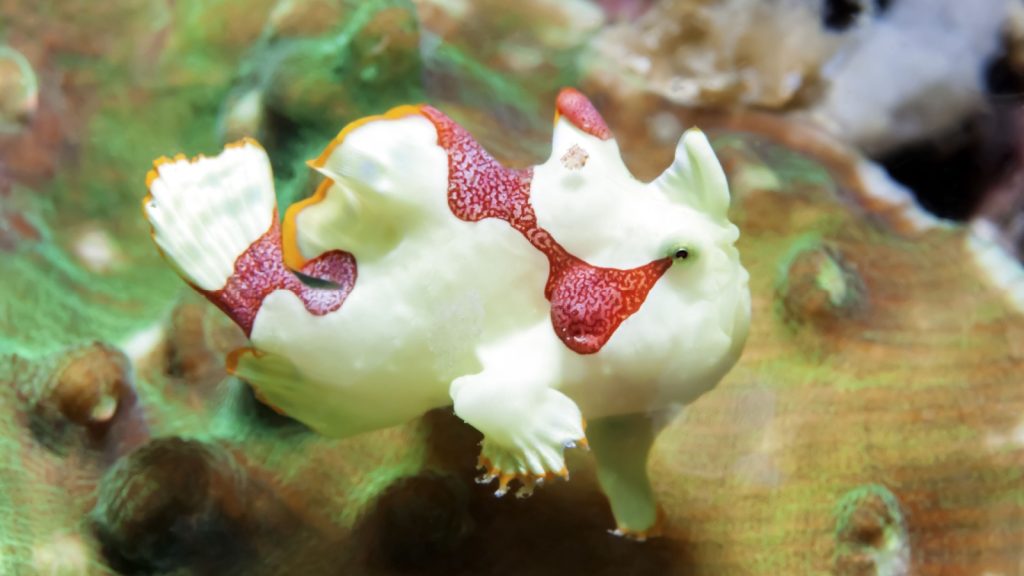The ocean is home to an incredible array of life, from the tiniest plankton to the largest whales. Among this vast diversity are some of the strangest and most fascinating creatures on Earth. Here are 24 of the weirdest sea creatures that will make you marvel at the incredible adaptations and quirks of nature.
1. Blobfish
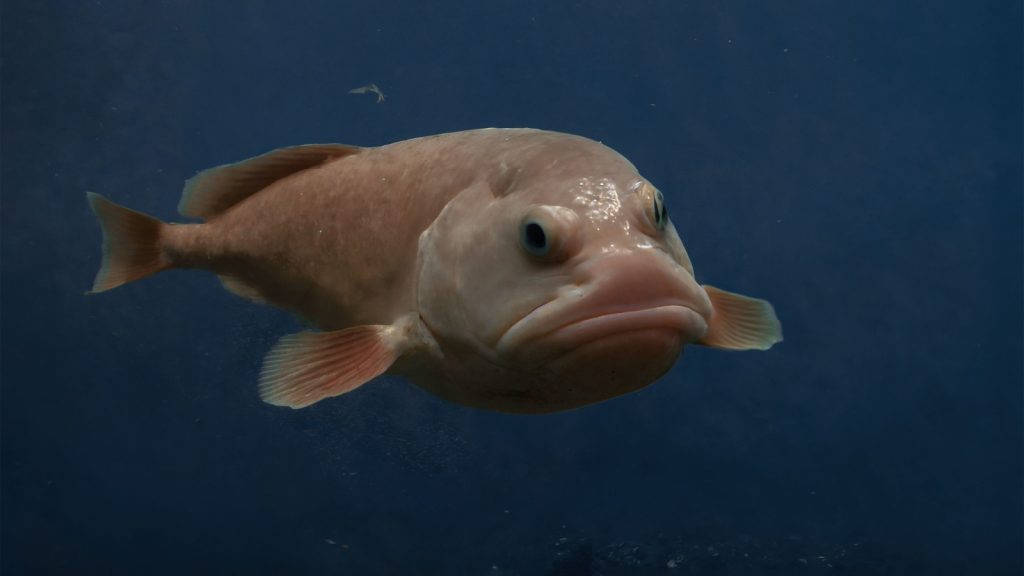
The blobfish is a deep-sea fish that looks like a melted blob of jelly. Its gelatinous body is adapted to the high pressure of the deep ocean, allowing it to float above the seafloor without expending much energy. Despite its strange appearance, the blobfish is a fascinating example of how life can thrive in even the harshest environments.
2. Anglerfish
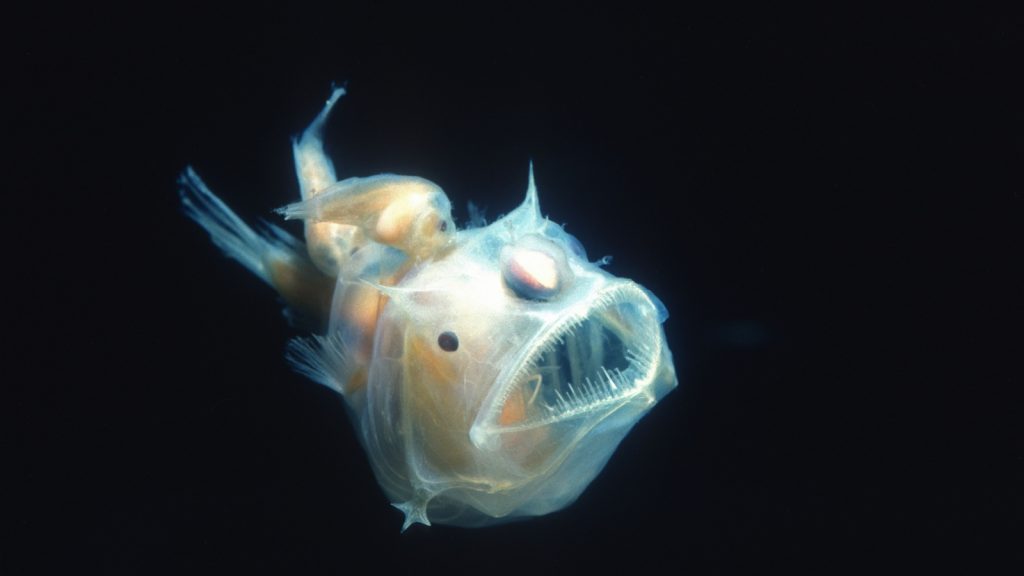
Anglerfish are deep-sea fish known for their unusual hunting method. They have a specialized appendage called an esca that protrudes from their head and acts as a lure to attract prey. Some species of anglerfish also have a unique mating system in which the male fuses to the female and becomes entirely dependent on her for survival.
3. Vampire Squid
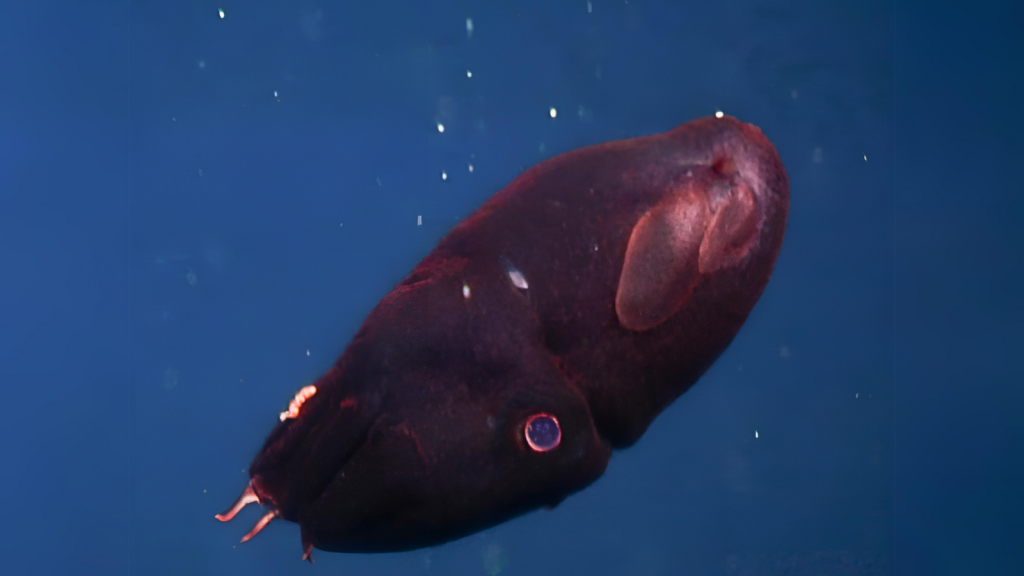
The vampire squid is a small, deep-sea cephalopod with large eyes and a dark, cape-like web of skin between its arms. Despite its name, the vampire squid does not actually suck blood. Instead, it feeds on bits of organic matter that drift down from the surface. When threatened, the vampire squid can turn itself inside out, exposing rows of sharp spines to deter predators.
4. Goblin Shark
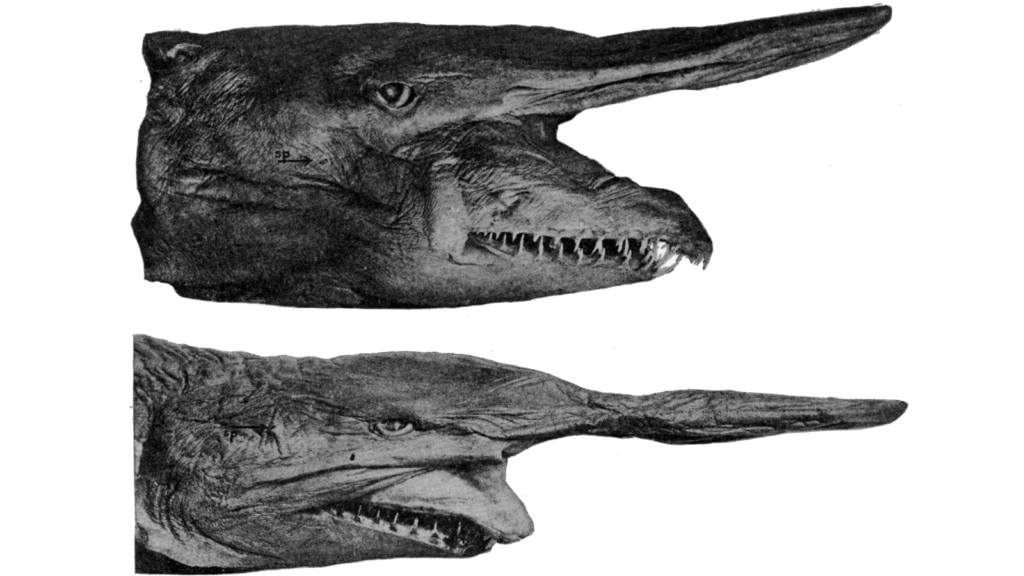
The goblin shark is a rare, deep-sea shark with a long, flattened snout and protruding jaws. When it spots its prey, the goblin shark can rapidly extend its jaws forward to snatch it up. This unusual feeding mechanism, combined with its pink skin and small eyes, gives the goblin shark a truly otherworldly appearance.
5. Leafy Seadragon
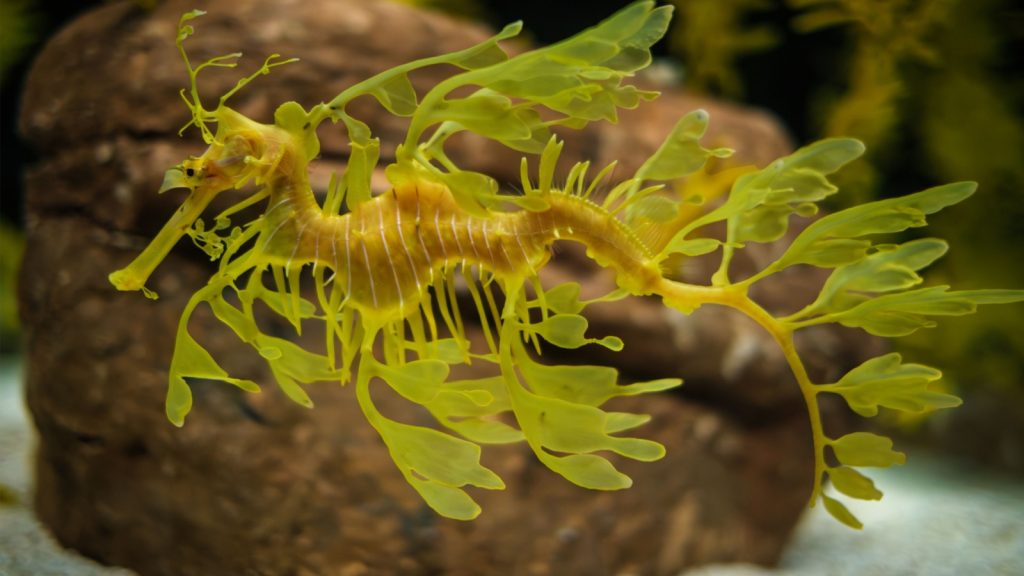
The leafy seadragon is a type of seahorse found in the waters off southern Australia. Its body is covered in leaf-like appendages that help it blend in with the seaweed and kelp in its habitat. Male leafy seadragons carry the eggs in a specialized brood pouch until they hatch, making them one of the few species in which the male plays a significant role in parental care.
6. Barreleye Fish
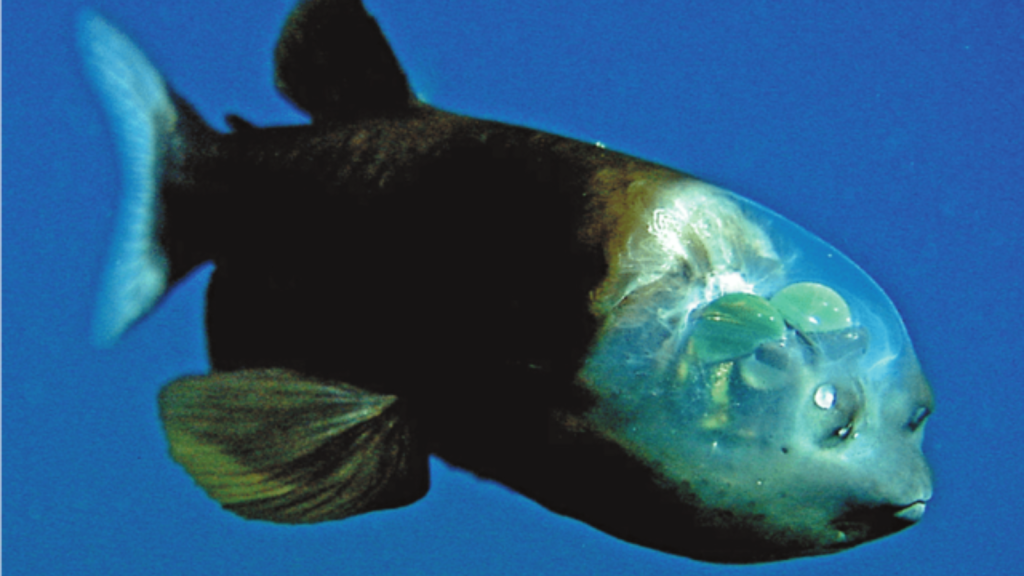
The barreleye fish is a deep-sea fish with a transparent head that allows its eyes to rotate forward to spot prey. Its eyes are positioned on the top of its head, giving it a 360-degree view of its surroundings. The barreleye fish’s unusual adaptations allow it to thrive in the darkness of the deep ocean.
7. Dumbo Octopus
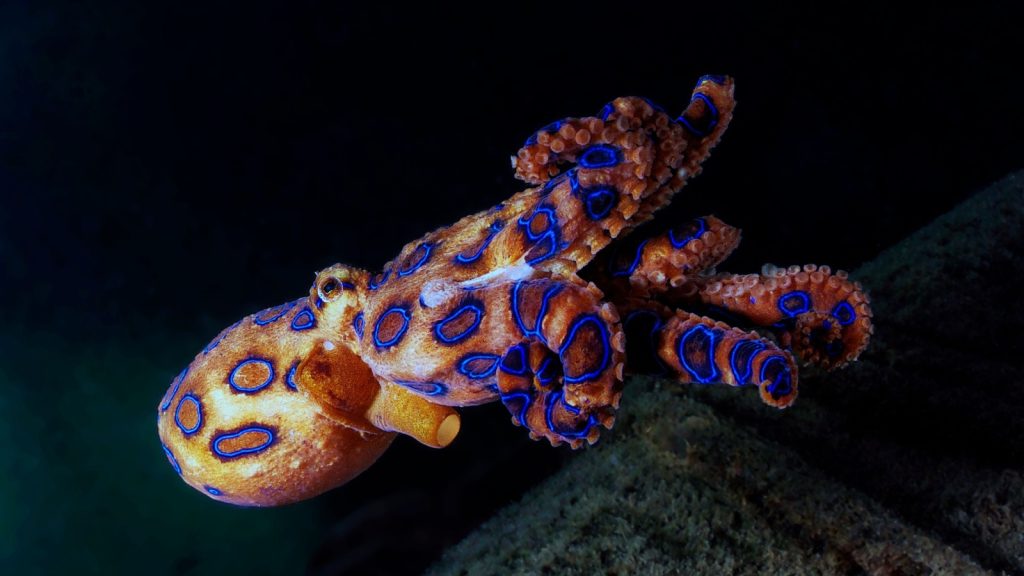
The dumbo octopus is a deep-sea octopus named for the ear-like fins on either side of its head, which resemble the ears of the Disney character Dumbo. These fins help the dumbo octopus swim gracefully through the water. Despite living in the darkness of the deep ocean, the dumbo octopus is known for its vibrant colors and patterns.
8. Frilled Shark
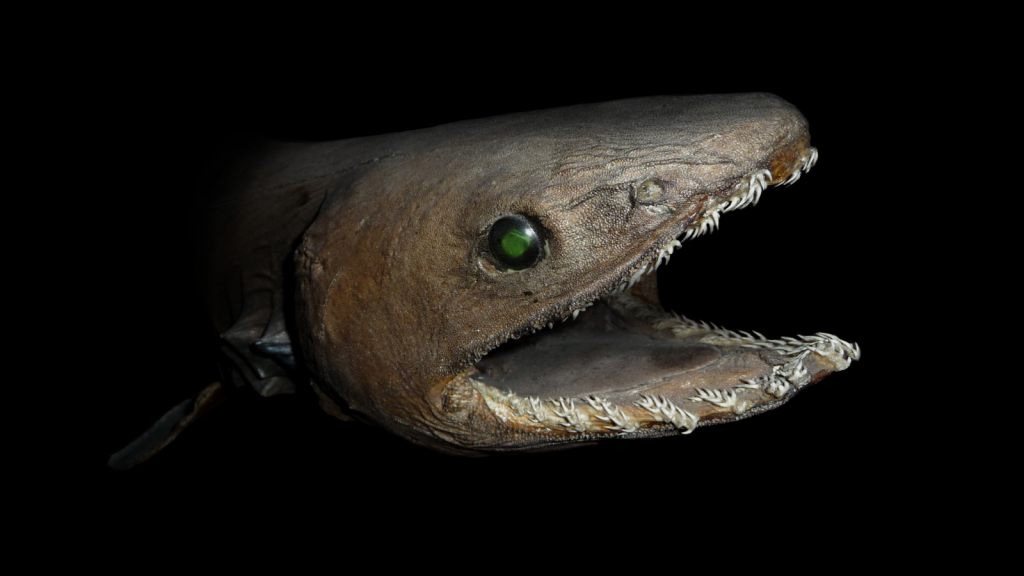
The frilled shark is a primitive shark species that has changed little over millions of years. Its body is long and eel-like, with a frilly collar of gills around its neck. The frilled shark’s teeth are arranged in rows, allowing it to snag slippery prey like squid and fish. This living fossil is a testament to the enduring power of successful adaptations.
9. Yeti Crab
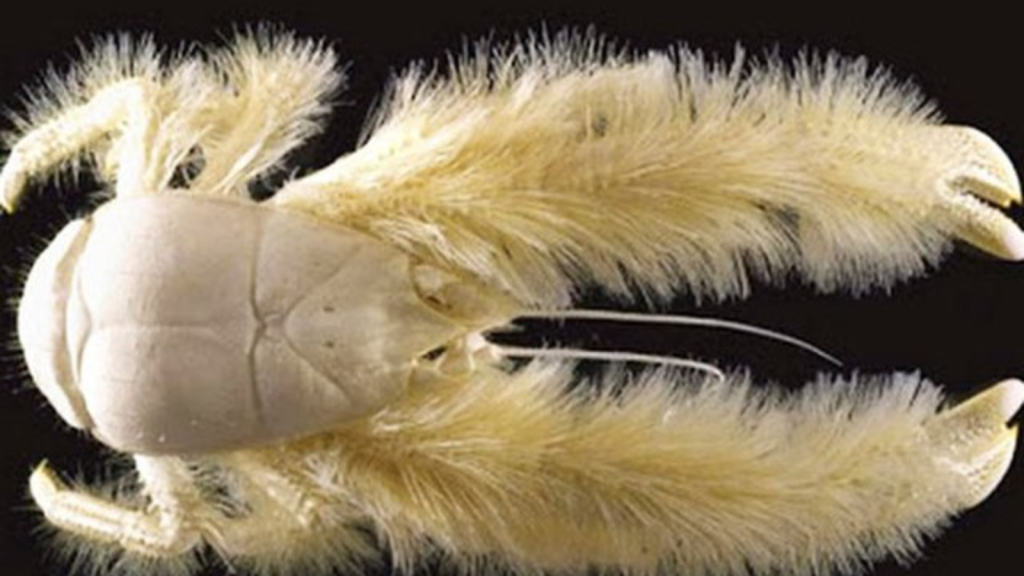
The yeti crab is a type of deep-sea crab covered in long, white, hair-like structures. These “hairs” are actually bacteria that help the crab detoxify the toxic chemicals released by the hydrothermal vents where it lives. The yeti crab’s unique appearance and symbiotic relationship with bacteria make it one of the most fascinating creatures in the deep ocean.
10. Pelican Eel
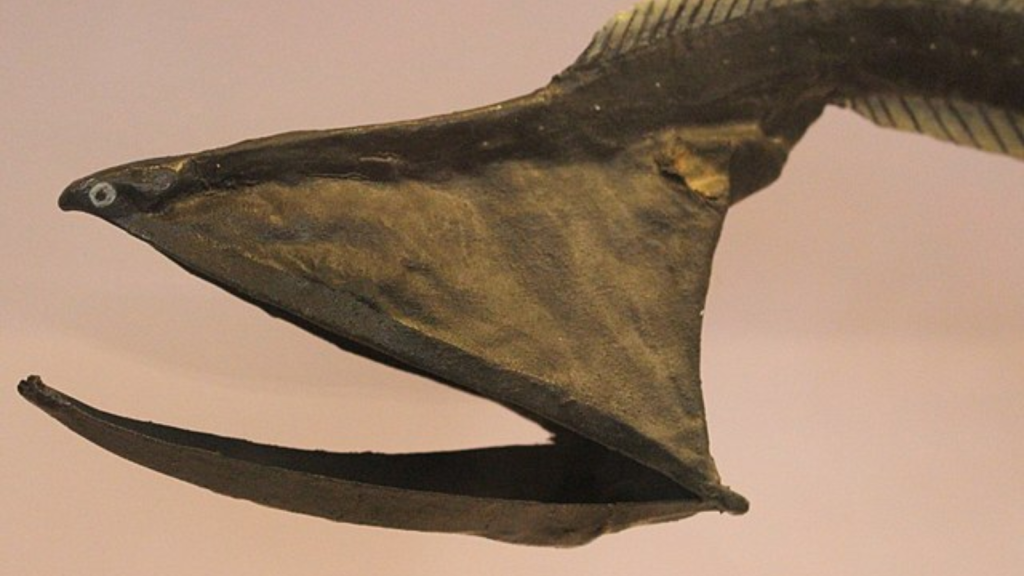
The pelican eel is a deep-sea fish with a large, gaping mouth and a long, whip-like tail. Its mouth can open wide enough to swallow prey much larger than itself, while its tail helps it move through the water with minimal effort. The pelican eel’s unusual appearance is a perfect example of how deep-sea creatures have adapted to the challenges of their environment.
11. Feather Star
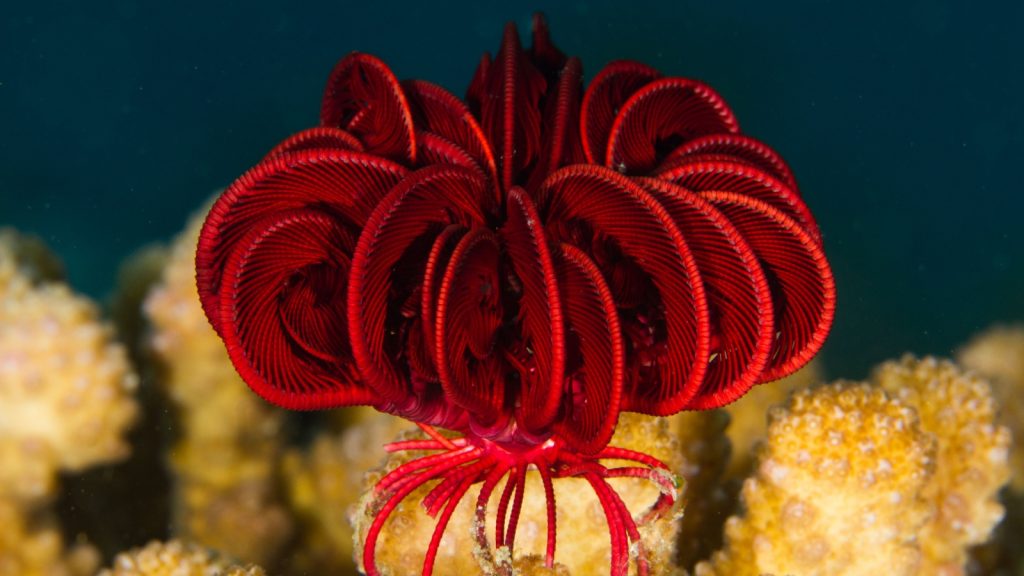
Feather stars are a type of crinoid, an ancient group of animals related to sea stars and sea urchins. They have a central body with long, feathery arms that filter food from the water. Feather stars can swim by undulating their arms, making them look like underwater flowers. These beautiful and delicate creatures have been around for millions of years, surviving numerous mass extinctions.
13. Sea Pen
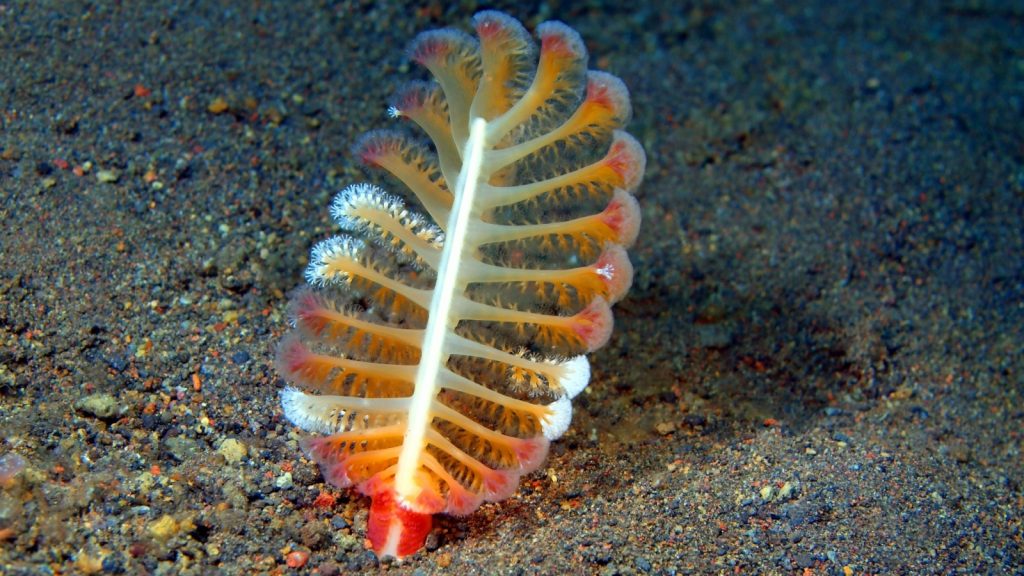
Sea pens are colonial animals related to corals and jellyfish. They have a feathery appearance and are anchored to the seafloor by a stalk. Sea pens are bioluminescent, meaning they can produce their own light. This adaptation helps them attract prey and communicate with each other in the darkness of the deep ocean.
14. Frogfish
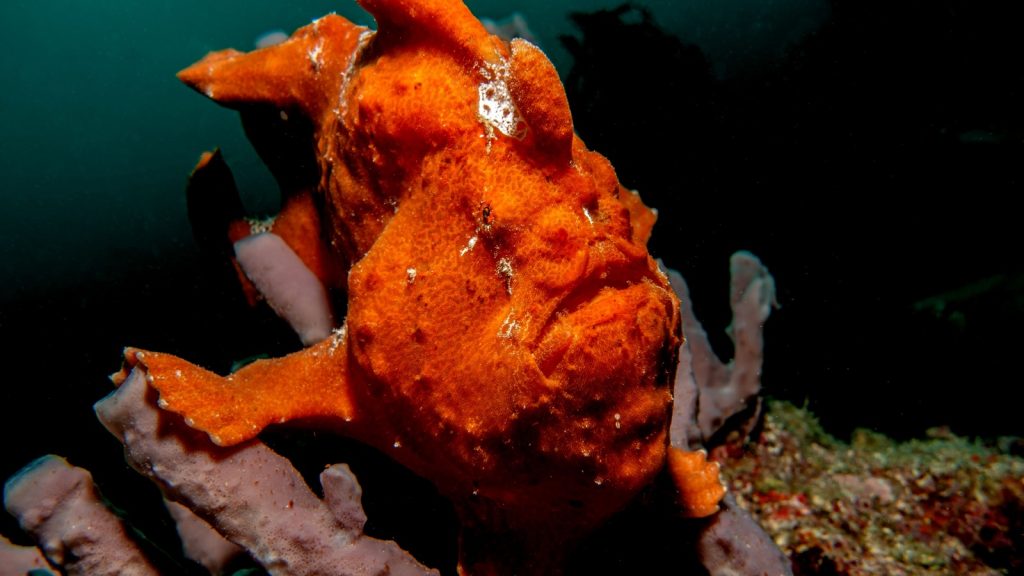
Frogfish are a type of anglerfish known for their unusual appearance and hunting behavior. They have a globular body, a large mouth, and a specialized appendage called an illicium that acts as a lure to attract prey. Frogfish can change color to blend in with their surroundings, making them nearly invisible to both predators and prey.
15. Tardigrade
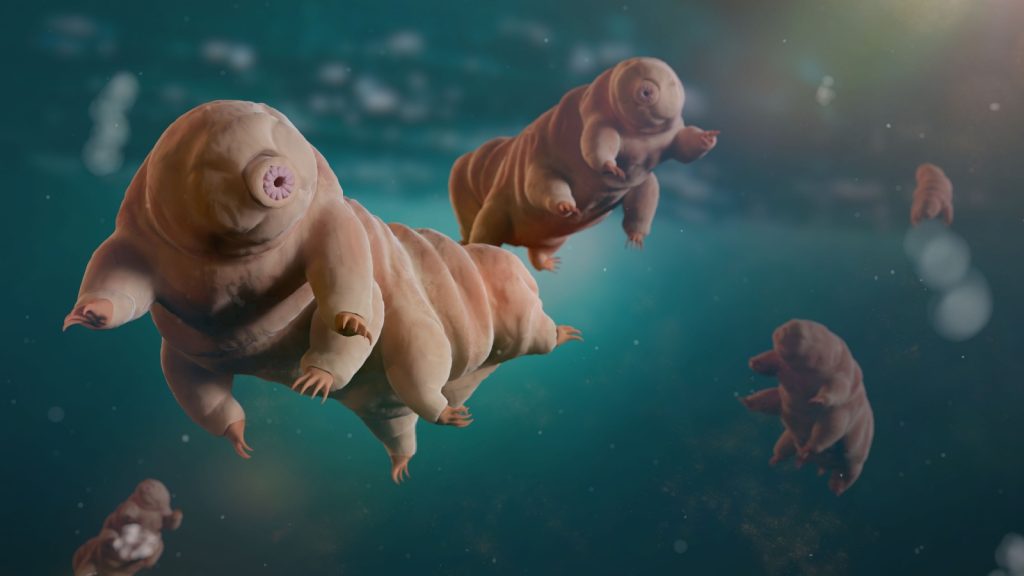
Tardigrades, also known as water bears or moss piglets, are microscopic animals found in a variety of environments, including the ocean. They are known for their incredible resilience, being able to survive extreme temperatures, radiation, and even the vacuum of space. Tardigrades have a plump, segmented body with eight legs, giving them a distinctly alien appearance.
16. Siphonophore
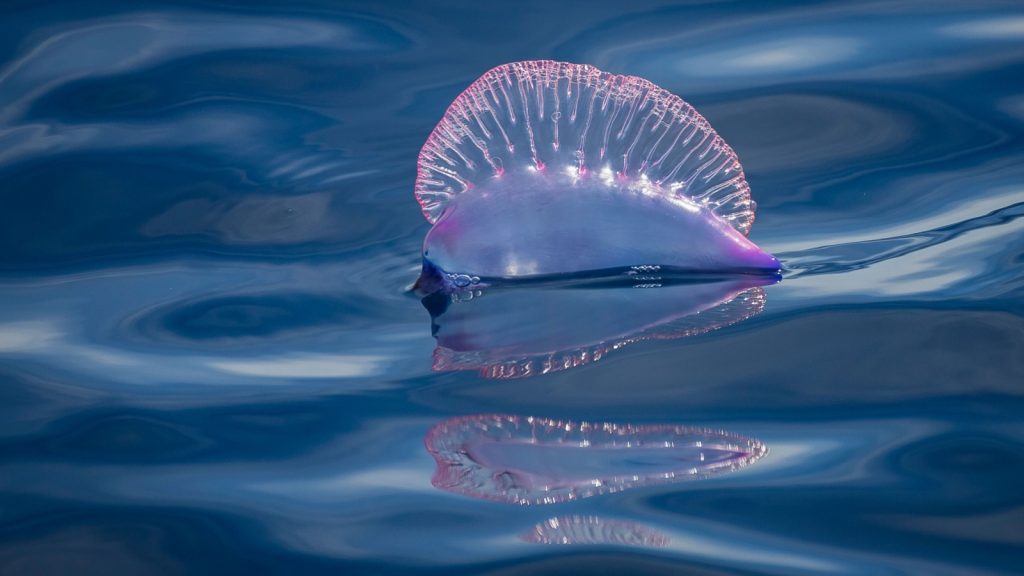
Siphonophores are a type of colonial animal related to jellyfish and corals. They are composed of specialized individuals called zooids, each with a specific function like feeding, reproduction, or defense. Some species of siphonophores can grow to over 100 feet long, making them some of the longest animals in the world. These complex and fascinating creatures are a testament to the incredible diversity of life in the ocean.
17. Hatchetfish
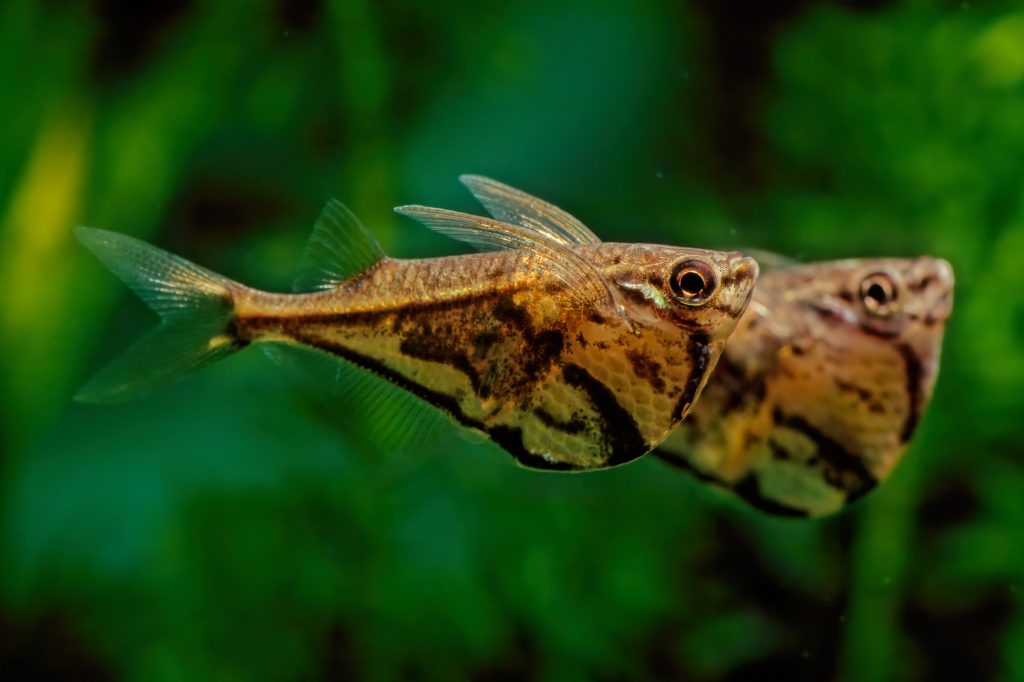
Hatchetfish are small, deep-sea fish known for their unusual shape and bioluminescence. Their bodies are thin and blade-like, with large, tubular eyes that help them detect the faint light in the deep ocean. Hatchetfish have light-producing organs called photophores along their sides, which they use to communicate and camouflage themselves in the darkness.
18. Wobbegong Shark
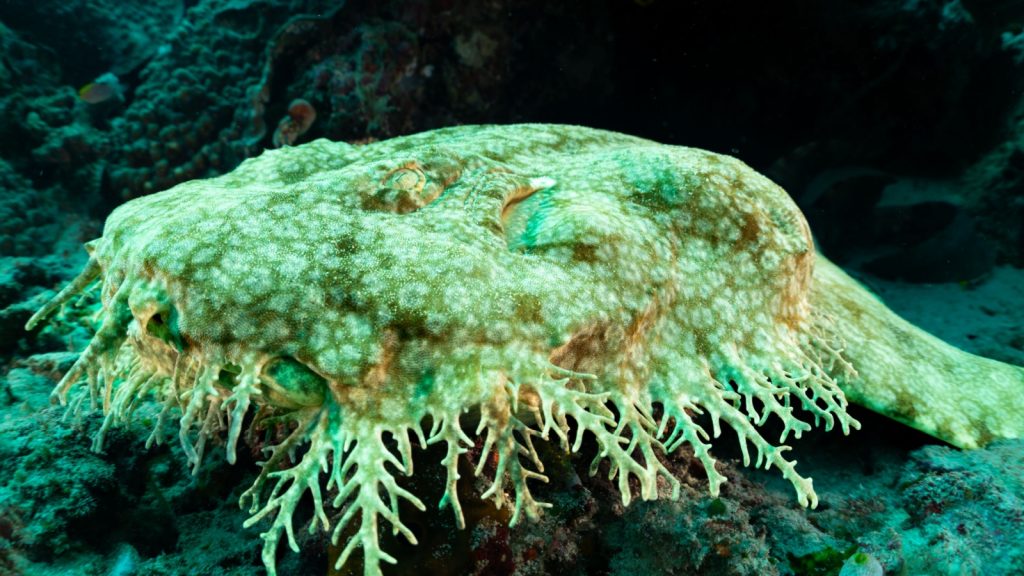
Wobbegong sharks are a type of carpet shark found in the shallow waters of the Pacific and Indian Oceans. They have a flattened body covered in a pattern of dark and light markings that help them blend in with the seafloor. Wobbegong sharks are ambush predators, lying in wait for prey to swim by before striking with lightning speed.
19. Mimic Octopus
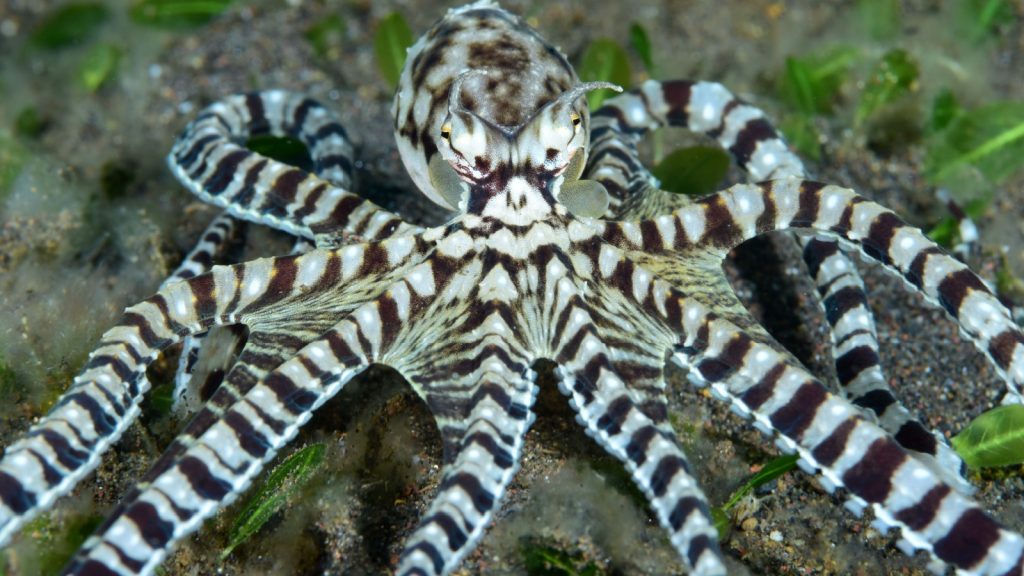
The mimic octopus is a species of octopus known for its incredible ability to imitate other animals. It can change its color, texture, and shape to resemble a variety of creatures, including lionfish, sea snakes, and stingrays. This remarkable adaptation helps the mimic octopus avoid predators and sneak up on unsuspecting prey.
20. Mola Mola
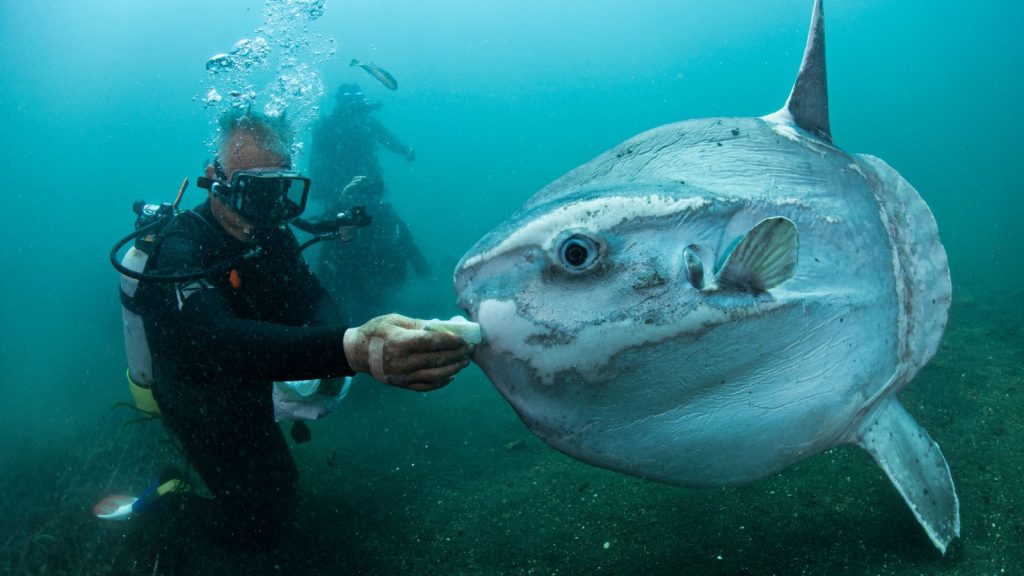
The mola mola, also known as the ocean sunfish, is the heaviest known bony fish in the world. It has a flattened, disc-shaped body and can grow up to 14 feet long and weigh over 5,000 pounds. Despite its massive size, the mola mola feeds primarily on jellyfish and other small, floating animals. Its unusual appearance and gentle demeanor make it a favorite among ocean enthusiasts.
21. Bobbit Worm
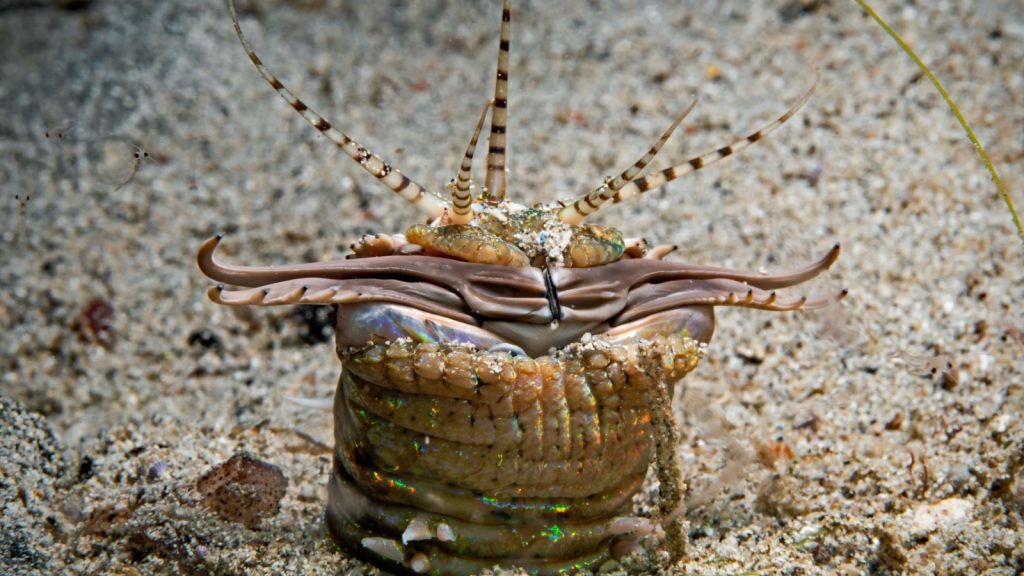
The bobbit worm is a type of polychaete worm that can grow up to 10 feet long. It is a predatory species, hiding in the sand and waiting for prey to swim by before striking with its sharp, venomous jaws. The bobbit worm’s striking appearance and powerful hunting abilities make it one of the most fearsome predators in the ocean.
22. Sea Spider
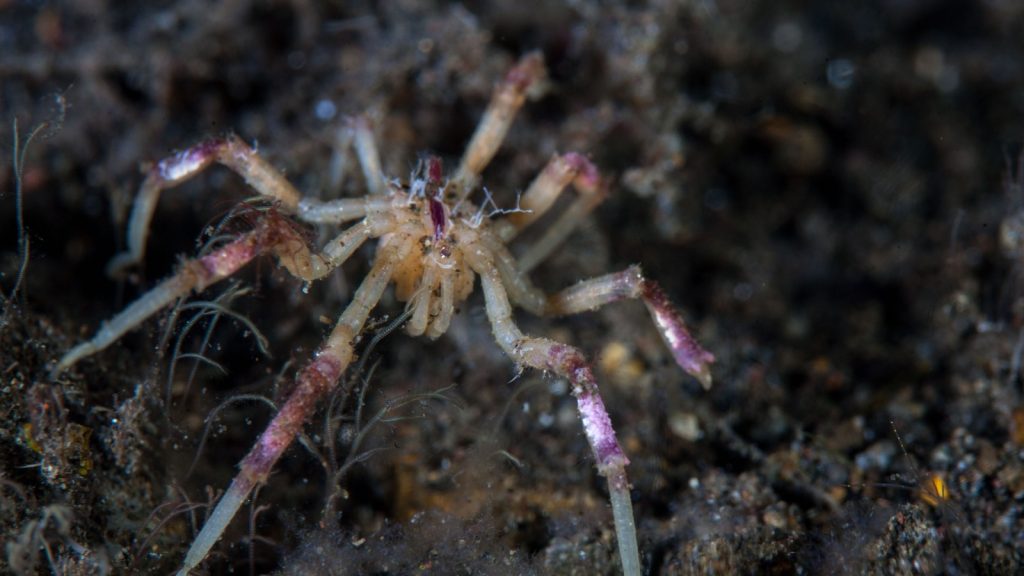
Sea spiders are a group of marine arthropods that are actually more closely related to horseshoe crabs than true spiders. They have long, thin legs and a small body, giving them a spindly, spider-like appearance. Sea spiders feed on a variety of small marine animals, using their proboscis to pierce their prey and suck out the nutrients.
23. Flamingo Tongue Snail
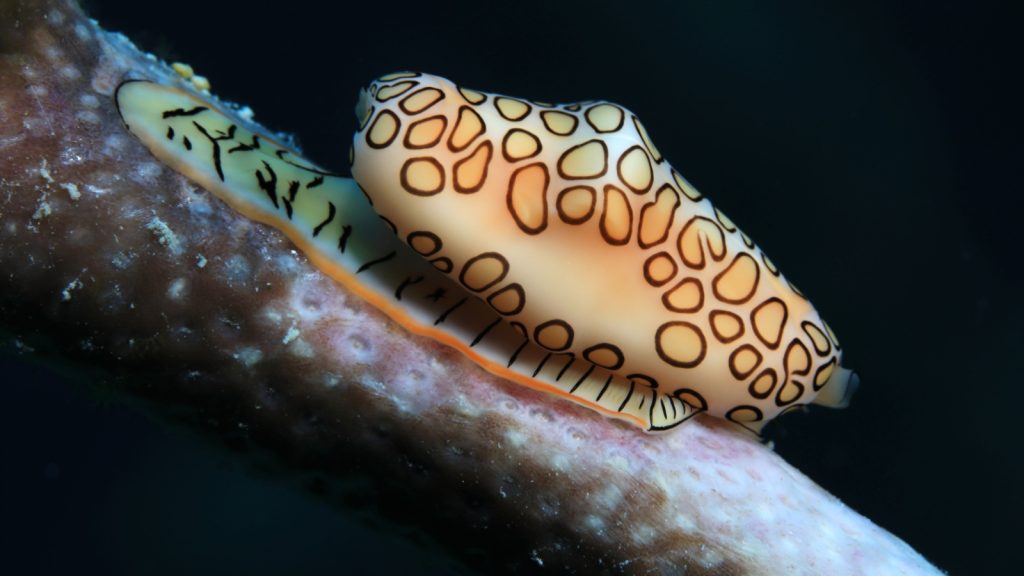
The flamingo tongue snail is a species of sea snail found in the Caribbean Sea. It is known for its brightly colored, patterned shell, which is covered in a thin layer of living tissue. The flamingo tongue snail feeds on the toxic tissues of certain soft corals, which makes it unpalatable to predators. Its vibrant colors and intricate patterns make it a favorite among shell collectors.
24. Xenophyophore
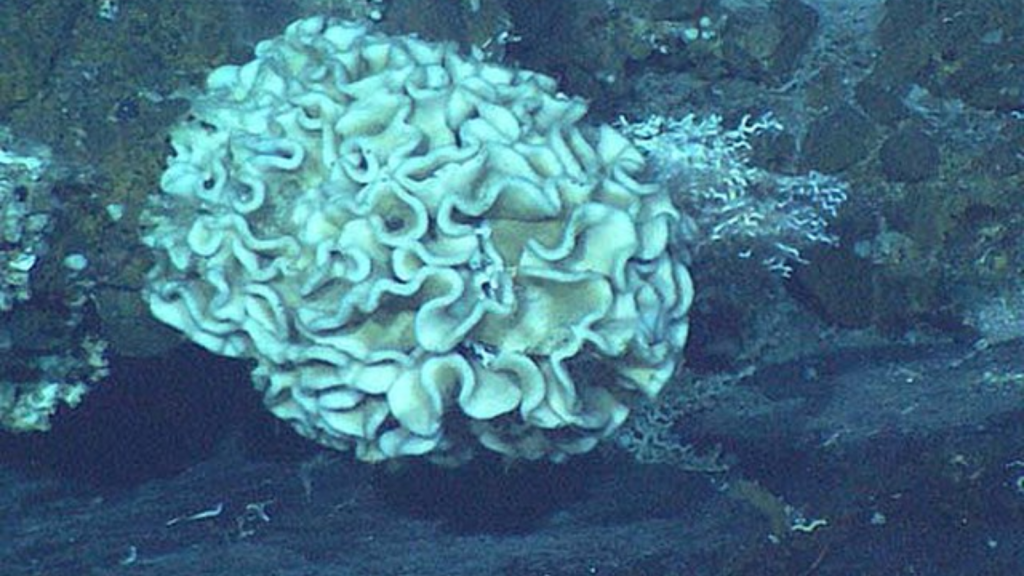
Xenophyophores are a group of single-celled organisms found in the deep sea. Despite being unicellular, they can grow to over 4 inches in diameter, making them among the largest single-celled organisms in the world. Xenophyophores build complex, branching structures out of sediment and organic matter, creating unique and beautiful formations on the seafloor. These mysterious and fascinating creatures are a reminder of the incredible diversity and adaptability of life in the ocean.
Katy Willis is a writer, master herbalist, master gardener, and certified canine nutritionist who has been writing since 2002. She’s finds joy in learning new and interesting things, and finds history, science, and nature endlessly fascinating.
